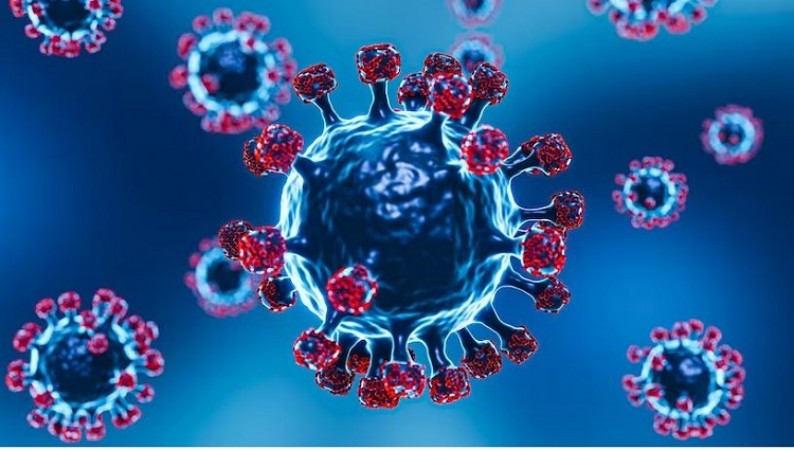
A new offshoot of the Pirola lineage, known as the JN.1 variant of COVID-19, has been identified in multiple countries including the United States, China, and now in India. The recent discovery of this variant in Karakulam, within Kerala's Thiruvananthapuram district, prompted immediate government action and the issuance of updated preventive guidelines. While respiratory infections typically surge during the winter season, the detection of the JN.1 sub-variant of SARS-CoV-2 has added a heightened level of concern to the ongoing situation, potentially contributing to the escalation of COVID-19 cases.
The first instance of the JN.1 variant in Kerala triggered the Indian SARS-CoV-2 Genomics Consortium (INSACOG) to initiate extensive genome sequencing surveillance. This surveillance involves a team of experts actively identifying cases of influenza-like diseases (ILI) and Severe Acute Respiratory Illness to track the spread and impact of the variant.
Understanding the JN.1 Variant of COVID-19:
As per the US Centers for Disease Control and Prevention (CDC), JN.1 represents a novel sub-lineage derived from the BA.2.86 variant, commonly referred to as Pirola. Reports indicate that in November, the World Health Organization (WHO) flagged BA.2.86 as a Variant of Interest (VOI), suggesting it might possess heightened immune evasion capabilities compared to other variants, contributing to its increased transmissibility.
Timeline of Detection:
The global science initiative GISAID, which provides access to genomic data of influenza viruses, reported the first appearances of BA.2.86 in Denmark and Israel. Subsequently, GISAID data disclosed that over 6,600 samples of BA.2.86 and its sub-lineages, including JN.1, have been sequenced across various nations such as China, the UK, Iceland, Spain, Portugal, and the Netherlands.
Mutability and Transmission:
The JN.1 variant, initially identified by the CDC in September 2023, displays a notable alteration in the spike protein (L455S). Its rapid proliferation suggests heightened transmissibility and increased capacity to evade immune responses. GISAID's compiled data from 56 countries, encompassing 15,416 positive COVID-19 cases, highlights that 43% of the samples tested positive for BA.2.86 or its sub-variants, including JN.1, with reports from 35 countries confirming the presence of this variant.
Symptoms and Severity:
According to global data from Our World in Data, countries like Singapore are witnessing a steady rise in cases without associated COVID-19-related deaths since early November. At present, there is no definitive evidence suggesting that the BA.2.86 variant causes more severe illness. However, like other variants, this understanding remains subject to change pending further data analysis.
Common Symptoms of BA.2.86 or Pirola Include:
Cough
Sore throat
Congestion
Runny nose
Sneezing
Fatigue
Headache
Muscle pain
As the JN.1 variant gains prominence globally, health authorities continue to closely monitor its behavior and implications, emphasizing the importance of adherence to preventive measures to curb its potential spread.
New Covid Variant, JN.1, Detected in Kerala: What You Should Know
Karnataka Mandates Masks for Over 60s Due to JN.1 Sub-Variant Fear
New variant of corona JN.1 knocking in India, know what are its symptoms